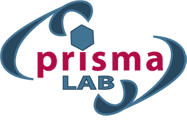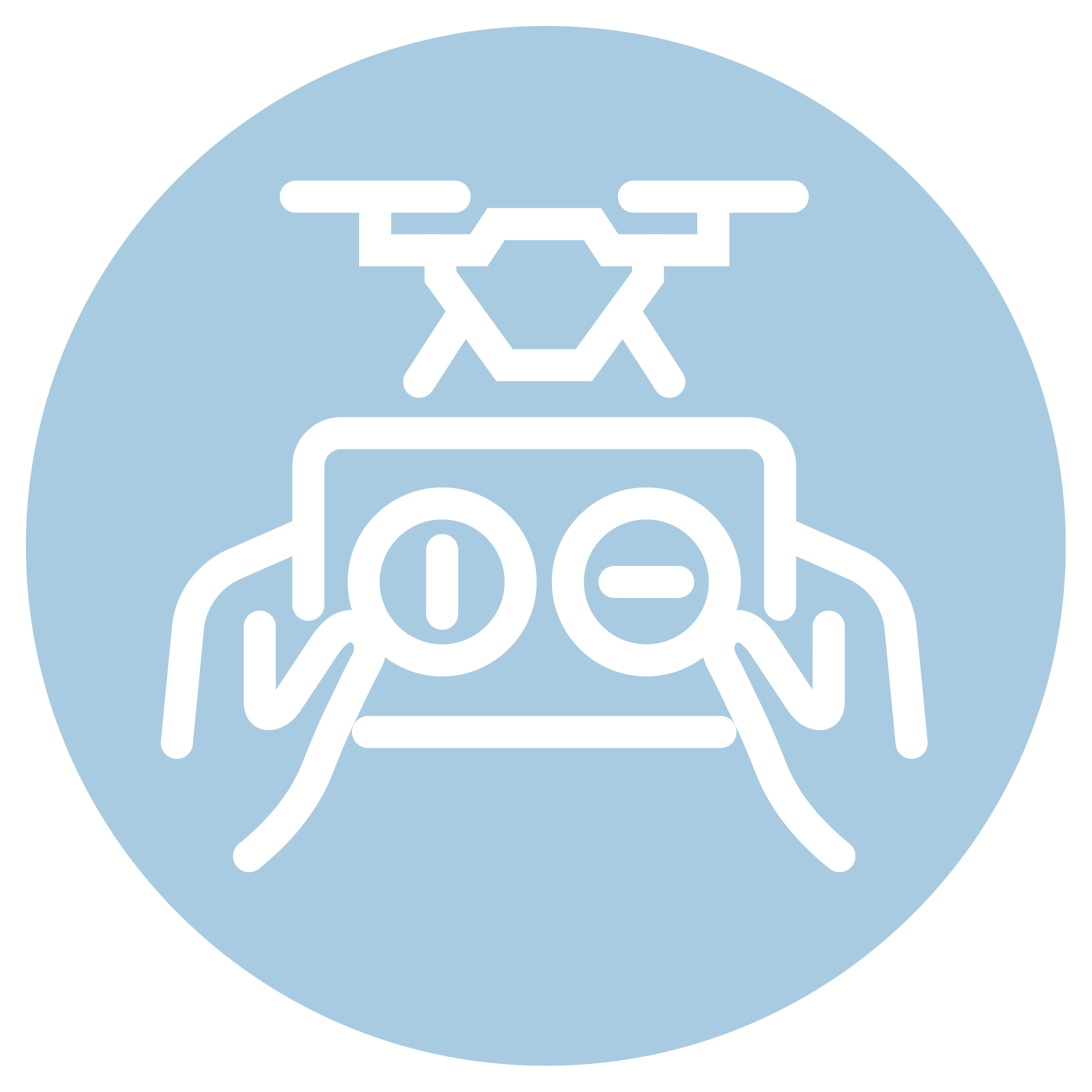
Aerial robotics has been consolidated in the last decade as a research topic of interest for modeling and control, perception, planning, manipulation and design. As such, it constitutes an effective technological solution for diverse applications such as inspection and maintenance, search and rescue, transportation and delivery, monitoring and patrolling, or 3D mapping. The maturity level reached in this field has led to the rise of several applications of aerial robots, with the focus on high altitude and difficult access scenarios that cannot be easily reached by human operators. The time, risk, and cost associated with conventional solutions involving the deployment of heavy vehicles and infrastructures motivates the development of aerial robots capable of quickly reaching these workspaces and performing visual or contact inspection operations. The goal is the development of a new generation of flying service robots capable of supporting human beings in all those activities requiring the ability to interact, actively and safely, in the air. Challenging fields include the inspection of buildings and large infrastructures, sample picking, and remote aerial manipulation. Our research is focused on the design of advanced control algorithms allowing remote supervision by the operator via the use of haptic devices. Emphasis is given to pursuing advanced human-in-the-loop and autonomous navigation control strategies relying upon a cooperative and adaptive interaction between the onboard control and the remote operator. Force and visual feedback strategies are also investigated to transform the aerial platform into a flying hand suitable for aerial manipulation.
- +39 0817683635
- Questo indirizzo email è protetto dagli spambots. E' necessario abilitare JavaScript per vederlo.
- Bldg 3/A – Room 3.12
- personal webpage
- AI-DROW
- AERO-TRAIN
- AERIAL-CORE
- AEROARMS
- AIROBOTS
- ARCAS
- EUROC
- HYFLIERS
- RIMA
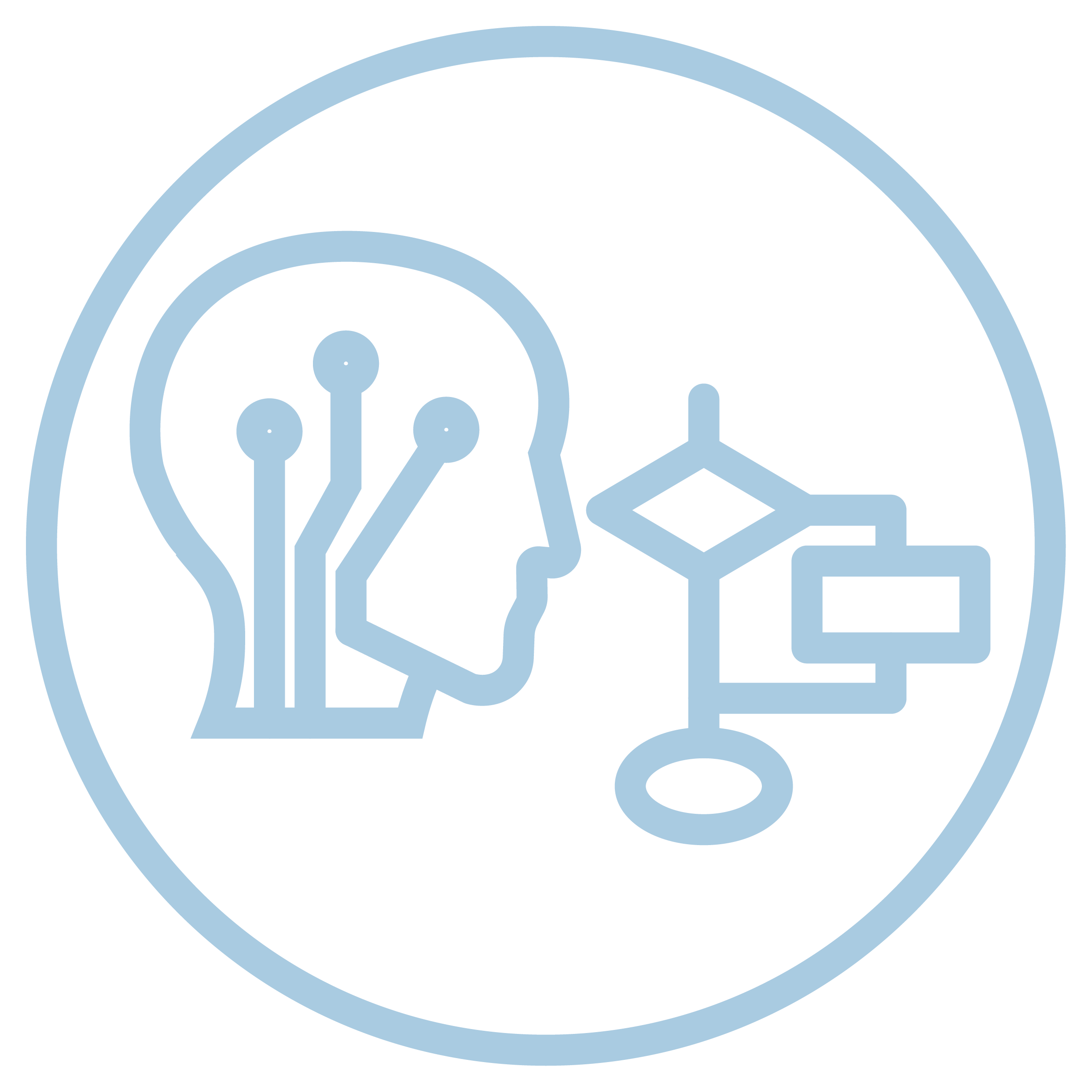
In order for a robot to perform complex tasks in the real world, it is necessary to endow its control system with cognitive capabilities enabling deliberation, execution, learning, and perception in dynamic, interactive and unstructured environments. Cognitive robotics is concerned with these issues proposing architectures and methods for the integration of sensorimotor, cognitive, and interaction capabilities in autonomous robots. The investigation of these issues involves various research areas across AI and robotics. Planning and executing complex tasks is a crucial capability for autonomous/interactive robotic systems. In this area, we investigate models and methods for task planning with incomplete and uncertain representations, human-aware planning, mixed initiative planning and adjustable autonomy, multi-robot planning, flexible plan execution, combined planning and execution. Learning new tasks and skills is pivotal for long-term autonomy and behavioral adaptation in robotics. In this area, we investigate methods and systems for robotic reinforcement learning, learning from human demonstration, kinesthetic teaching, incremental learning of complex tasks. An autonomous robotic system should be endowed with an executive system capable of flexibly adapting to environmental changes and human initiatives during the execution of complex tasks. In this respect, we develop an integrated cognitive control framework that combines supervisory attention, human-aware planning, collaborative plan execution, and incremental task teaching. During collaborative tasks execution, human‒robot cognitive/physical interaction and communication can be very complex. To this regard, we are interested in models and methods for task-situated human intention/activity recognition, multimodal and adaptive interfaces, explainable AI in robotics.
- +39 081679253
- Questo indirizzo email è protetto dagli spambots. E' necessario abilitare JavaScript per vederlo.
- Bldg 3/A – Room 3.23
- personal webpage
- EndoTheranostics
- INVERSE
- MELODY
- euROBIN
- foAIming
- HARMONY
- AIROBOTS
- DEXMART
- ICOSAF
- REFILLS
- ROMOLO
- SAPHARI
- SHERPA
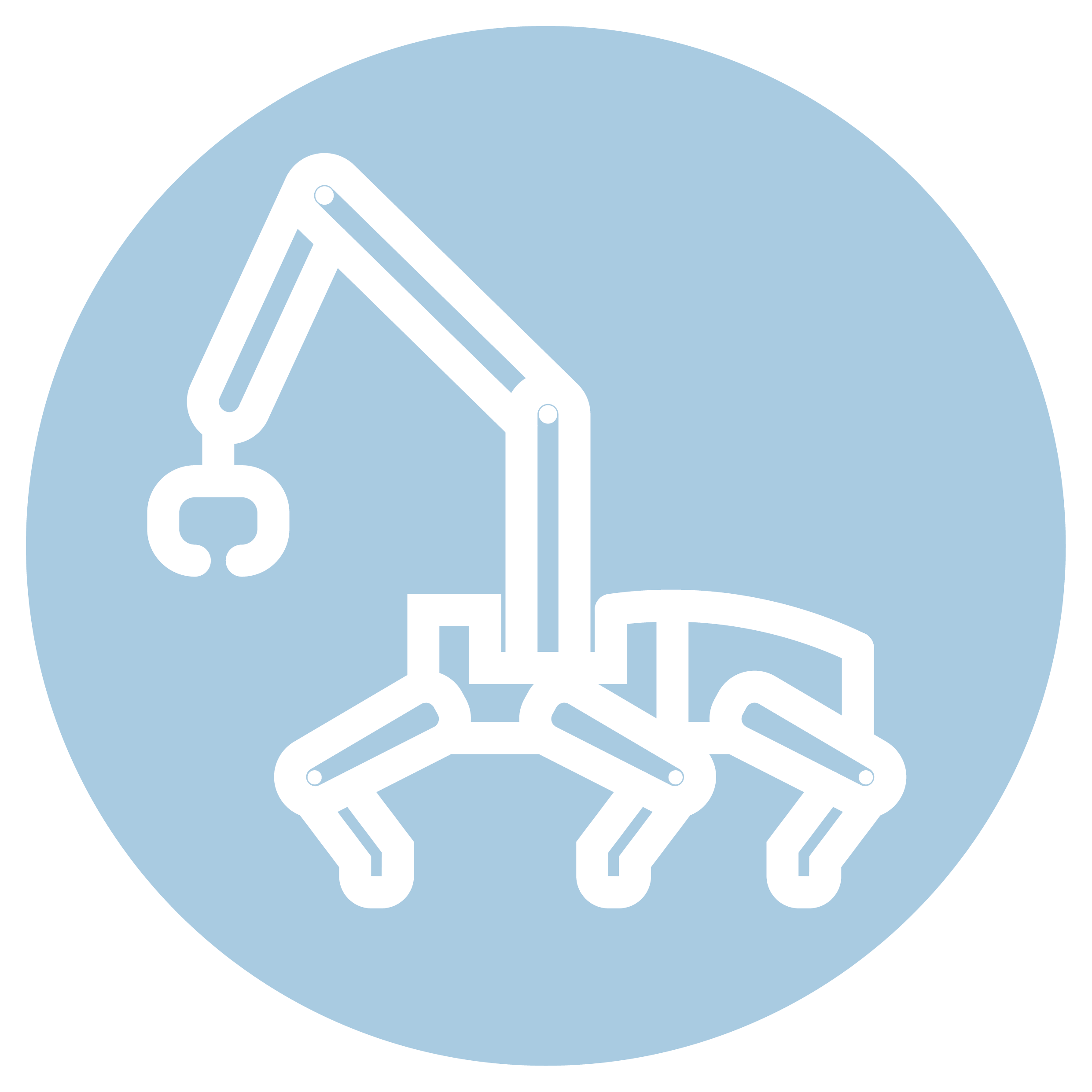
With increased persuasive technology in both sensing and actuation speed, it has become possible to manipulate an object speedily. However, it is difficult for a robot to replicate dexterous human capabilities. By exploiting the dynamic effects of both object and robot motion, a robotic system can effectively achieve object manipulation in the desired way. In dynamic non-prehensile manipulation, an important role is played by forces and accelerations, which are used together with kinematics, statics, and quasi-static forces to achieve a general description of a manipulation task. Moreover, dynamic non-prehensile manipulation of an object extends its feasible movements allowing rolling, pushing, throwing, and tossing, and it exhibits the intrinsic dynamics of both the task and the object. In this respect, we seek to develop manipulation techniques that actively use task dynamics to control the motion variables of a given object. Performing dynamic non-prehensile manipulation tasks using deformable objects and mobile platforms is also a significant challenge. Dynamic non-prehensile manipulation, specifically juggling, exhibits connections with legged locomotion regarding the hybrid nature of the related robots, the zero-moment-point stability, and the non-prehensile dynamic grasping conditions. Legged robots are preferred to standard-wheeled robots in rough and uneven terrains. The legs can isolate the body from the ground irregularities and avoid undesirable footholds. However, robustness is one critical issue characterizing legged robots, especially biped ones. Our research aims to develop model-based passive controllers and estimators of external disturbances to improve the robustness of existing walking gaits. We also seek analogies between walking gaits and robotic tasks like non-prehensile dynamic manipulation.
- +39 0817683843
- Questo indirizzo email è protetto dagli spambots. E' necessario abilitare JavaScript per vederlo.
- Bldg 3/A – Room 3.26
- personal webpage
- ARIEL
- DARC
- COWBOT
- HARMONY
- PRINBOT
- WELDON
- RODYMAN
- DEXMART

Robots are becoming ubiquitous and utilized in anthropic environments. When a robot cohabits the environment with a human being (cobot), human–robot interaction issues are to be considered. It is customary to distinguish between cognitive and physical human–robot interaction. Suitable modelling and control techniques for collision avoidance and, more generally, for fast reactive strategies, have been developed. Also, control strategies aimed at ensuring robot compliance at the end effector or along the robot’s body in the presence of physical interaction, have been introduced, allowing a safe and dependable interaction. For co-manipulation tasks, suitable approaches based on variable impedance control have been proposed to enhance task execution. Research work is being carried out on how to merge learning and model-based strategies to provide autonomy to robotic manipulation. To this regard, effective shared control methods have been introduced to guide remote robots via haptical interfaces. An integration of control and cognitive processes is also needed. In this respect, we investigate methods for human intention/activity recognition, multimodal interaction, human-aware planning, sliding autonomy, collaborative and mixed-initiative plan execution, learning by demonstration. Robotics and AI are projecting us towards a new generation of intelligent devices that will be the missing link between the digital world and the physical one (phygital twin). In this sense, the new InterAction Technology (IAT) represents the natural evolution of Information & Communication Technology (ICT) and lays the foundations for a real symbiosis between human and machine thanks to an increasingly intuitive technology, which will make it possible to use robots with the same ease with which we use today common devices. In one word, we are experiencing the transition from Internet-of-Things (IoT) to Internet-of-Skills (IoS). In a future of robots with humans, solutions aimed at effective interaction will also have to account for ethical, legal, societal and economical (ELSE) issues concerned with the design, realization and use of intelligent machines.
- +39 0817683179
- Questo indirizzo email è protetto dagli spambots. E' necessario abilitare JavaScript per vederlo.
- Bldg 3/A – Room 2.12
- personal webpage
- EndoTheranostics
- INVERSE
- AERIAL-CORE
- AERO-TRAIN
- euROBIN
- Fit4MedRob
- HARMONY
- AEROARMS
- AIROBOTS
- ARCAS
- DEXMART
- ETHICBOTS
- EU ROBOTICS
- EUROC
- EURON
- HYFLIERS
- ICOSAF
- PHRIENDS
- REFILLS
- ROCK EU
- ROCK EU2
- RODYMAN
- SAPHARI
- SHERPA
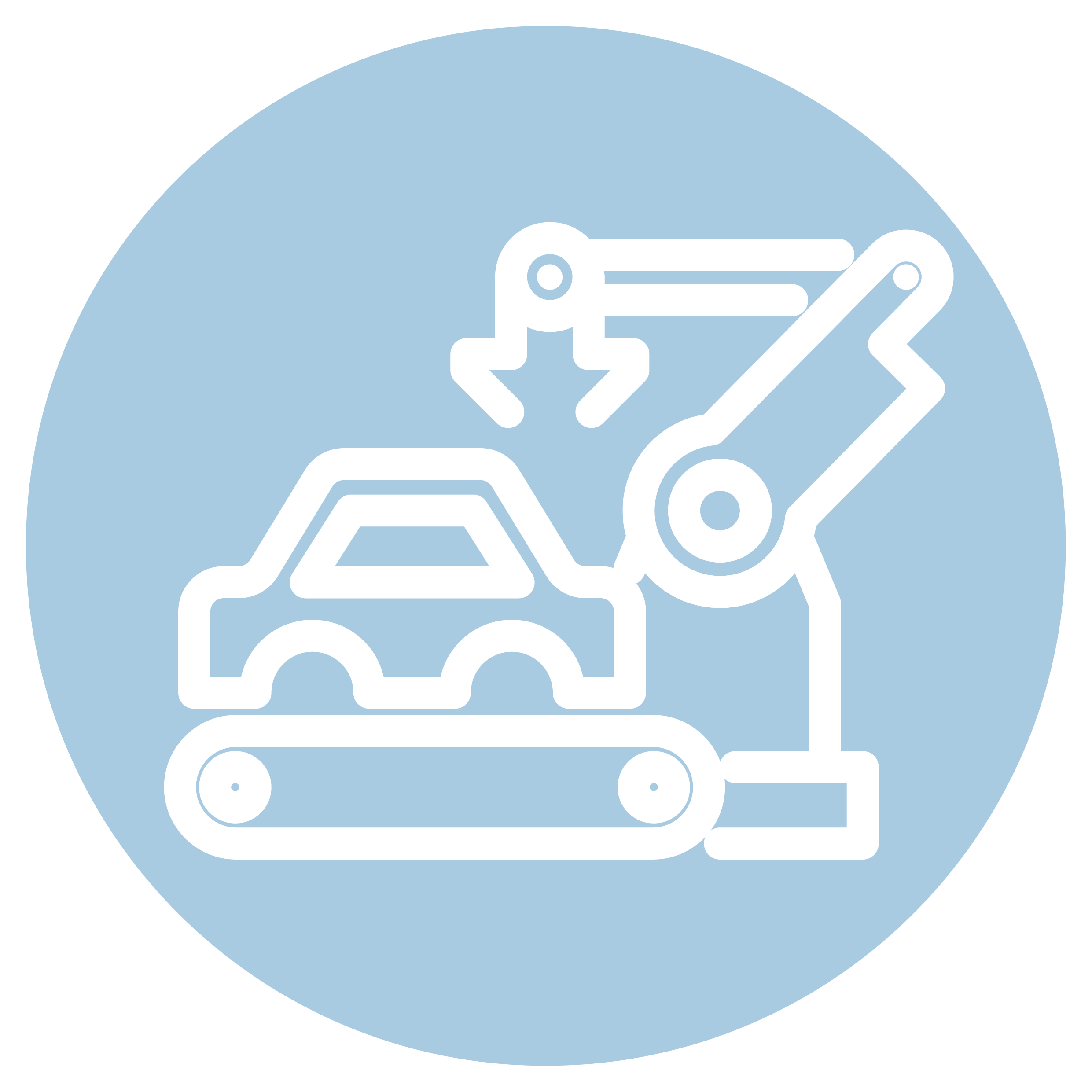
Research in industrial robotics aims at developing new methodologies and technological solutions for the integration of robots into intelligent factories. Today's manufacturing industry is based on an ever-increasing need for flexibility following requests about product customization and its short life. This motivates the vision of a collaborative factory with a growing integration of the human operator with intelligent robotic systems in line with the principles of Industry 4.0 (interconnected automation) and 5.0 (humanization and re-use of resources). The major obstacle today to deploying robots in factory floors collaborating with human workers without fences is their limitations in using sensory information. Vision and force sensing are prerequisites for robot co-workers. Force sensing is fundamental to control the interaction between a robot and its environment based on local information deriving from contact. Vision is a non-contact sensor best suited to achieve global information about the surrounding environment. When only the measure of the distance of robot parts from humans or objects is required, video cameras can be replaced by proximity sensors. Also, when only the occurrence and/or the position of a contact need to be detected, e.g., for collision detection or human–robot communication, tactile sensors can be used in place of force sensors. The integration of such a variety of sensing information in planning and control of industrial robots within different industrial settings is an open research issue. Another key factor for the improvement of industrial workcells is the use of more than one robot working together: in lieu of having a high structured cell, two or more cooperating robots, also mobile, may be employed to execute the task. To this purpose, suitable strategies for planning and control or multiple robots performing tasks together in a coordinated or cooperative manner shall be developed.
- +39 0817683861
- Questo indirizzo email è protetto dagli spambots. E' necessario abilitare JavaScript per vederlo.
- Bldg 3/A – Room 2.15
- personal webpage
- INVERSE
- MELODY
- DIH2
- NEMESI
- TOP
- DEXMART
- ECHORD
- EUROC
- ICOSAF
- PHRIENDS
- REFILLS
- RODYMAN
- SAPHARI

A medical robot is a device that can process sensory information and perform actions to benefit people in an operating room or in a rehabilitation setting. The goal of rehabilitation robotics is to investigate the application of robotics in motor therapy procedures for recovering motor capabilities and control in persons with impairment following such diseases as stroke, as well as to develop robotic and mechatronic technical aids for independent living of disabled. We exploit our expertise in robot design, mobile manipulation, human‒robot interaction, and multimodal control for assistive robots. We consider scenarios such as performing normal human activities of daily living (ADLs) or a physical rehabilitation setting for which we design and control robot prostheses. Surgical robotics is a rapidly evolving field which helps minimizing pain and risk associated with surgery, while increasing the likelihood of a fast recovery and excellent clinical outcomes. Robotics is usually associated with minimally invasive surgery procedures performed through tiny incisions or natural orifice transluminal endoscopic surgery (NOTES), but it is also used in certain traditional open procedures. Our work is focused on the development of semi-autonomous control strategies for suturing, cutting and needle insertion, design of shared and supervised autonomy, modeling of deformable objects, simulation of soft and rigid contacts, design of new tools and surgical instruments, and force/tactile sensing devices. Our research interests also focus on the design of innovative robotic solutions for biopsy and microsurgery. We also adopt deep learning techniques for surgical robot control and diagnostics.
- +39 0817683916
- Questo indirizzo email è protetto dagli spambots. E' necessario abilitare JavaScript per vederlo.
- Bldg 3/A – Room 2.11
- personal webpage
- EndoTheranostics
- LeCoR-PROC
- TI-RED
- Exoskeleton-assisted walking for prehabilitation and active aging
- Fit4MedRob
- BRIEF
- HARMONY
- BARTOLO
- MUSHA
- PACMAN
- PROSCAN
- ROMOLO
